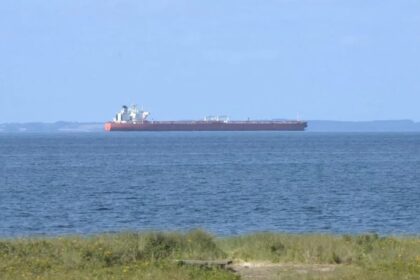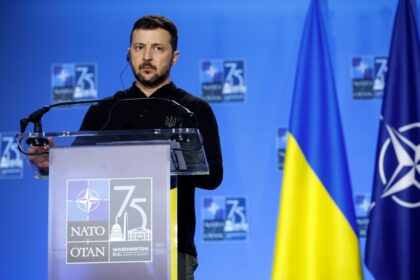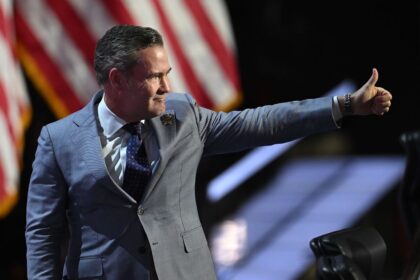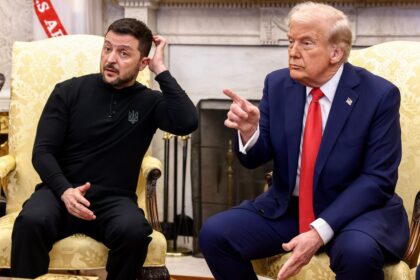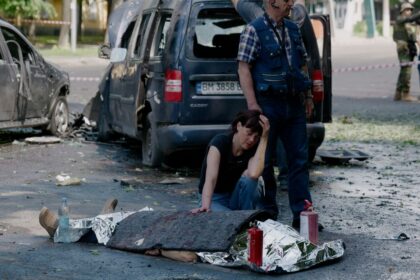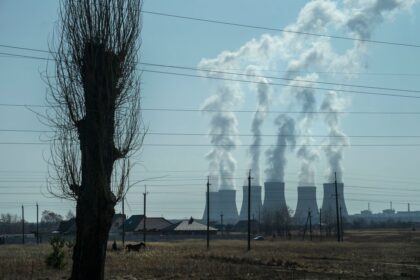**Russia’s Struggle to Build Commercial Jets Reflects Deeper Industrial Malaise**
Russia is facing a major challenge in building commercial jets, with only one of 15 planned aircraft delivered this year. The country’s reliance on foreign-made planes and spare parts has been severely impacted by Western sanctions since the invasion of Ukraine in February 2022.
**Sanctions Stifle Production**
The sanctions have cut off Russia’s access to critical components, forcing airlines to use complex and indirect import routes to source them. This has led to a significant shortage of spare parts and aircraft, with many planes grounded due to maintenance issues.
**Years of Transition Ahead**
According to a Russian aviation industry source, who wished to remain anonymous, the country will take years, if not decades, to develop its own component base, technology, production facilities, and engineers. “There is no component base, no technology, no production facilities, no engineers,” the source said.
**Geographical Challenges**
Russia’s geographical challenges as the world’s largest country mean that commercial aircraft are crucial for domestic freight and passenger transport across its 11 time zones. The recent crashes of a Soviet-era Antonov An-24 and a cyberattack on flag carrier Aeroflot have highlighted the urgent need to prevent the fleet from degrading.
**High Interest Rates Worsen Slowing Economy**
The aviation sector’s struggles are part of a broader industrial slowdown, with Russia’s factory output contracting at its fastest pace since March 2022. High interest rates have played a significant role in this decline, affecting industries such as car production, coal sectors, and export volumes of commodities like metals and oil products.
**Production Delays and Revised Targets**
In 2021, Russia added 52 new commercial aircraft to its fleet, but since then, only 13 new planes have been added. The government has repeatedly revised its production goals, cutting the 2024-2025 delivery target to 21 from 171 aircraft. State conglomerate Rostec, which oversees production of various Russian-made jets, has struggled to meet deadlines.
**Rostec’s Struggle**
Rostec CEO Sergei Chemezov told Reuters last year that Russia would produce its own passenger planes, but delivery dates have repeatedly slipped. The MC-21 aircraft, built entirely with Russian-made parts, was found to be heavier and less fuel-efficient than the version built with imported parts, making airlines reluctant to adopt it.
**Serial Production Delayed**
On Tuesday, Chemezov told Prime Minister Mikhail Mishustin that serial production of the MC-21, SJ-100, and IL-114 jets would begin in 2026, two years later than originally planned. United Aircraft Corporation, Rostec’s subsidiary responsible for aircraft production, did not respond to a request for comment.
**Sanctions and Supply Chain Issues**
Despite efforts to localise production, Russia continues to rely on foreign suppliers. Customs data shows that parts worth at least $300,000 were imported in 2024 via intermediaries in Turkey, China, Kyrgyzstan, and the UAE, including components from France’s Safran, U.S. Honeywell, and Britain’s Rolls-Royce.
**Industry Minister’s Assessment**
Industry and Trade Minister Anton Alikhanov described the problem as “unique and hypercomplex,” saying that no other country in the world produces fully import-substituted planes.
**Ticket Prices Rise**
Reduced aircraft supply while demand remains high is pushing up prices for consumers, with ticket prices rising steadily throughout 2023 and 2024. Moscow has been forced to get creative, asking airlines from Central Asian countries like Kazakhstan and Uzbekistan to run domestic Russian routes.
Read More @ www.reuters.com





